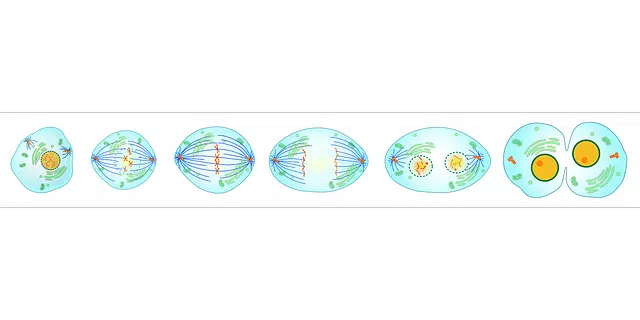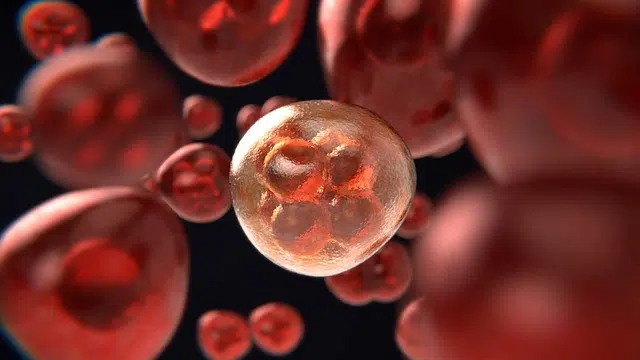
Prophase is the first phase of cell division.
The division of a cell can occur by meiosis or mitosis . The first stage of both processes is called prophase : in this phase, the existing genetic content condenses and the achromatic spindle begins to form.
Said genetic content (DNA), which goes through the condensation process, is generally found in a very ordered structure called chromosome (it brings together most of the genetic information of a living being and is composed of proteins and DNA) in the form of condensed chromatin . Chromatin is the group of histones, DNA, RNA and non-histone proteins found in the interphase nucleus of eukaryotic cells and that makes up their genome.
The achromatic spindle
The achromatic spindle , for its part, is also known as the mitotic or meiotic spindle and consists of a group of microtubules that arise from the centrioles throughout the cell reproduction processes, whether mitosis or meiosis, and that are directed to the centrioles at the poles from the centromeres of the chromosomes. Its origin takes place in the centrosome or in the microtubule organizing center, depending on whether it is an animal or plant cell, respectively.
Since the structure of the mitotic spindle, which arises during mitosis, is organized during prophase, it is not present in interphase. Its function is to produce the link between the chromosomes by their kinetochores to place them at the equator and take them to the poles of the cell, a task that extends from prophase to anaphase, passing through metaphase, and whose objective is to distribute chromosomes equally when the cell divides.

Prophase takes place in both meiosis and mitosis.
Characteristics of prophase in meiosis
During prophase, a series of modifications occur that cause cell division . The chromosomes thicken and shorten, the nuclear envelope divides and the nucleoli are distributed in the cytoplasm, becoming ribosomes. Prophase also involves the disintegration of the nuclear membrane and the attachment of chromosomes to the achromatic spindle through the centromere.
In the case of meiosis , cell division occurs through two consecutive processes . There are, therefore, two prophases. The first can be divided into stages known as:
* leptotene : chromosomes can be recognized by using an optical microscope, but one cannot know whether they have been formed by sister chromatids unless an electron microscope is used;
* zygotene : the synapsis of homologous chromosomes takes place and synapic chiasmata arise;
* pachytene : the so-called bivalent or tetrad chromosome is obtained and chromosomal crossing over can take place, during which chromatid fragments can be transferred to the position of their homologues;
* diplotene : chiasmata can be seen, union of chromosomes after crossing over;
* diakinesis : the chiasmata move towards the ends.
The second, shorter prophase occurs with the disappearance of the nucleolus and the nuclear membrane .
The process in mitosis
The prophase of mitosis, for its part, occupies about 40 percent of the cell division process . The changes that the cell experiences are both chemical, physical and morphological. The separation of centrioles, the emergence of fibers that constitute the structure of the achromatic spindle, and the disintegration of the nucleolus and nuclear envelope also occur in the prophase of mitosis.
To observe the prophase of mitosis , immunocytochemical techniques must be used. The latter serve to locate molecules in tissues through the use of antibodies , which can be easily obtained on the market and allow working quickly and easily, but with very advanced results. The antibodies used in these techniques belong to type G and are produced by cells called B lymphocytes.
Prophase is followed by prometaphase , metaphase , anaphase and telophase in the cell division cycle , the effect of which is the appearance of two cells with identical genetic material.
